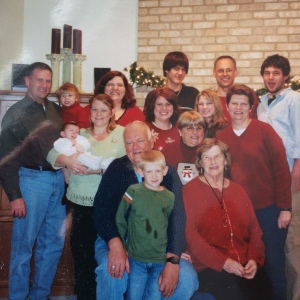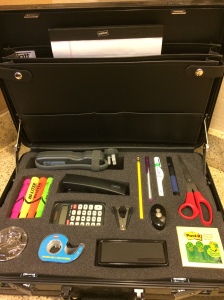Last week, Zsa Zsa Gabor passed away at age 99. It seems like everyone has heard of her, but no one really knew what made her famous. Turns out, she was the original "hall-of-mirrors celebrity, famous for being famous."* Long before social media and tabloid magazines could amplify her fame, Gabor made a career out of her eccentricity, riches (from husband Conrad Hilton) and jewels. She flaunted her accent and wealth, and made herself into a personality.
Today, others have followed her. Great niece Paris Hilton has had a few lessons in trumped up fame. The Kardashians have made being famous for being famous an art form. The tabloids are full of faces who are known only because they are known, not for any substance behind the style.
In an episode of Grey's Anatomy, character Dr. Cristina Yang interviews a candidate who says his goal is to win a prestigious research award. "You'll probably never win," she says. "I have known people who have won and others who have deserved to win, and the thing they all have in common is the work. They all focus on the work and the patient -- on making someone better or someone whole or someone live -- that's their goal. So, no, you specifically will never win [the award] if that's what you're after."
As you assess and make plans for the new year, don't make fame your goal. Set out to do something that makes you worthy of being famous instead.
*Source: Zsa Zsa Gabor dies at age 99 by the Associated Press in the Telegraph Herald, December 19 2016, p. 6B
Grey's Anatomy, Season 10, episode 23: "Everything I Try to Do, Nothing Seems to Turn Out Right"






